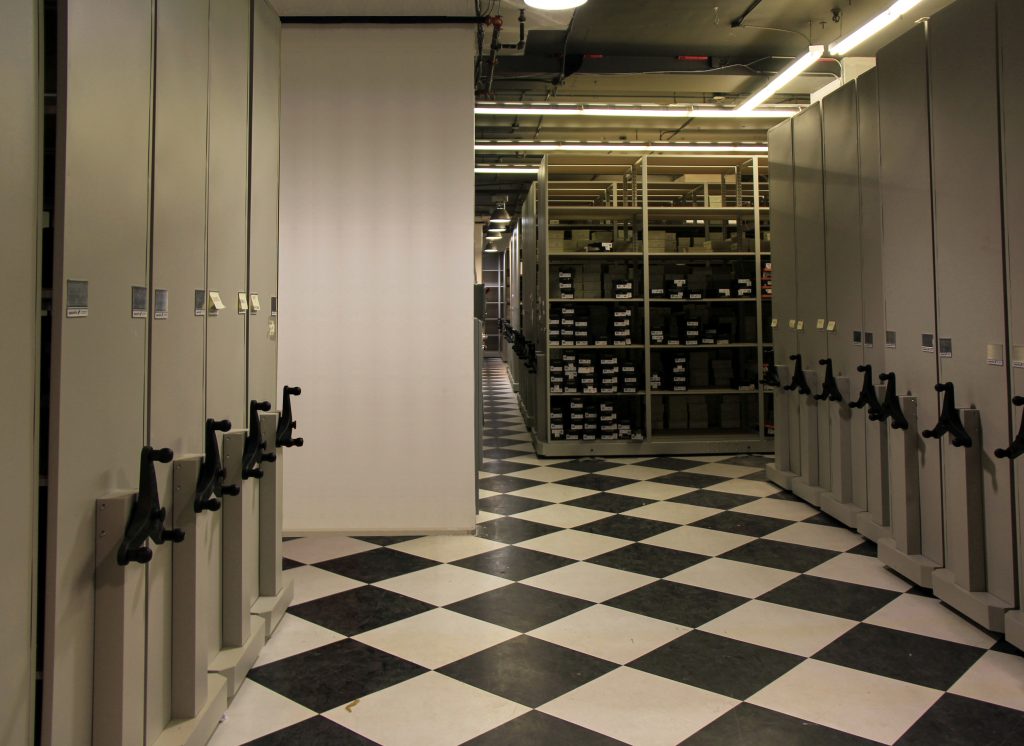
Introduction
In the realm of public safety, every second counts. From police departments to fire stations and emergency medical services, these organizations must be equipped to respond swiftly and effectively to crises. One often overlooked aspect of this preparedness is high-density storage. Proper storage systems play a vital role in ensuring that essential equipment, documents, and supplies are organized, accessible, and secure when they are needed most. In this blog post, we will delve into the top considerations when choosing high-density storage for public safety.
1. Space Optimization: Maximizing Every Inch
Public safety organizations often operate in limited space, which means that making the most of available square footage is essential. High-density storage solutions, such as compact shelving and mobile storage systems, are designed to optimize space utilization. These systems can significantly increase storage capacity without requiring additional square footage, making them an ideal choice for organizations with spatial constraints.
Before selecting a storage system, it’s crucial to assess the available space and understand how different high-density storage options can be integrated. Consider factors such as the layout of the room, aisle widths, and clearance requirements. An experienced storage consultant can provide valuable insights and help design a system that maximizes your space while maintaining accessibility.
2. Accessibility: Quick and Easy Retrieval
In emergency situations, easy access to critical equipment and supplies can be a matter of life and death. High-density storage solutions should be designed to facilitate quick and efficient retrieval. Mobile shelving units, for example, allow you to compactly store items while providing immediate access when needed.
Consider the frequency of access when choosing your storage system. Items that require frequent retrieval should be easily accessible, while less frequently used items can be stored in less accessible areas. Think about how the storage layout and organization will impact response times and overall efficiency.
3. Security: Protecting Valuable Assets
Public safety organizations handle sensitive and valuable assets, from confidential documents to expensive equipment. Security is a top priority when selecting high-density storage solutions. Look for features such as locking mechanisms, tamper-resistant design, and controlled access systems.
For documents and records, consider storage solutions that meet industry standards for data protection and compliance, such as HIPAA for medical records or CJIS for law enforcement records. Ensuring the security of these assets not only protects sensitive information but also maintains public trust.
4. Durability and Longevity: Investments That Last
High-density storage solutions are an investment, and it’s essential to choose systems that are durable and built to last. Public safety organizations can’t afford to have storage systems break down or deteriorate over time.
When evaluating potential storage options, inquire about the materials used in construction, weight capacities, and warranties. Quality shelving and storage systems should be able to withstand the wear and tear of daily use and continue to perform reliably for years to come.
5. Customization: Tailoring to Your Needs
Every public safety organization is unique, with its own specific requirements and storage needs. High-density storage solutions should be customizable to accommodate these individual needs. From shelving configurations to accessories like dividers and bins, the ability to tailor the system to your requirements is crucial.
Work with a storage provider that can design a solution that aligns with your organization’s workflows and storage demands. Customization ensures that you get the most out of your investment and can adapt as your needs evolve.
6. Compliance and Regulations: Meeting Standards
Public safety organizations are subject to various regulations and standards, and storage systems must comply with these requirements. For instance, law enforcement agencies must adhere to strict chain of custody procedures for evidence storage. Healthcare providers must ensure compliance with privacy regulations for medical records.
When choosing high-density storage, consider how it aligns with relevant regulations and industry standards. Some storage providers offer solutions specifically designed to meet the unique compliance needs of public safety organizations.
7. Future Expansion: Scalability Matters
As public safety organizations grow and evolve, their storage needs change as well. When selecting high-density storage solutions, consider scalability. Is the system easily expandable to accommodate future storage requirements?
Choosing a storage provider that offers modular systems and the flexibility to add on or reconfigure storage as needed can save time and resources in the long run. Scalability ensures that your storage solution can grow with your organization.
8. Budget Considerations: Value for Money
While it’s essential to invest in high-quality storage solutions, budget considerations are also significant. Public safety organizations often operate with limited budgets, so it’s crucial to strike a balance between cost and quality.
Compare quotes from different storage providers, keeping in mind the features, durability, and customization options offered. Look for solutions that provide the best value for your budget while meeting all your storage requirements.
9. Installation and Maintenance: Professional Support
The installation and ongoing maintenance of your high-density storage system are critical for its longevity and performance. Ensure that the provider offers professional installation services and has a reliable support and maintenance program in place.
Regular maintenance not only prolongs the life of the storage system but also ensures that it continues to operate smoothly and securely. Prompt repairs and maintenance can prevent unexpected downtime that could compromise emergency response capabilities.
10. User Training: Maximizing Efficiency
Lastly, don’t overlook the importance of user training. Even the most advanced high-density storage system will not reach its full potential if your team doesn’t know how to use it effectively.
Invest in training programs provided by the storage solution provider to ensure that your staff can navigate the system efficiently. Proper training can help reduce retrieval times, minimize errors, and optimize overall workflow.
FAQ
Q1. What is high-density storage, and why is it important for public safety organizations?
High-density storage refers to storage solutions that maximize the use of available space, allowing organizations to store more in less square footage. For public safety organizations, this is crucial as it helps optimize space, improve accessibility to critical equipment, and enhance security, all of which are vital in emergency response situations.
Q2. How do I determine the right high-density storage solution for my organization?
To choose the right high-density storage solution, consider factors such as available space, accessibility requirements, security needs, durability, customization options, compliance with regulations, scalability, budget, and maintenance support. Tailoring the solution to your organization’s specific needs is key.
Q3. Can high-density storage systems be customized to fit unique storage needs?
Yes, high-density storage systems can be customized to accommodate unique storage needs. From shelving configurations to accessories like dividers and bins, customization options are available to align the storage system with your organization’s workflows and requirements.
Q4: What are some common compliance and regulatory considerations for public safety organizations regarding storage?
Public safety organizations must consider compliance with industry-specific regulations and standards. For example, law enforcement agencies must adhere to chain of custody procedures for evidence storage, while healthcare providers must comply with privacy regulations for medical records. Select storage solutions that align with these requirements.



